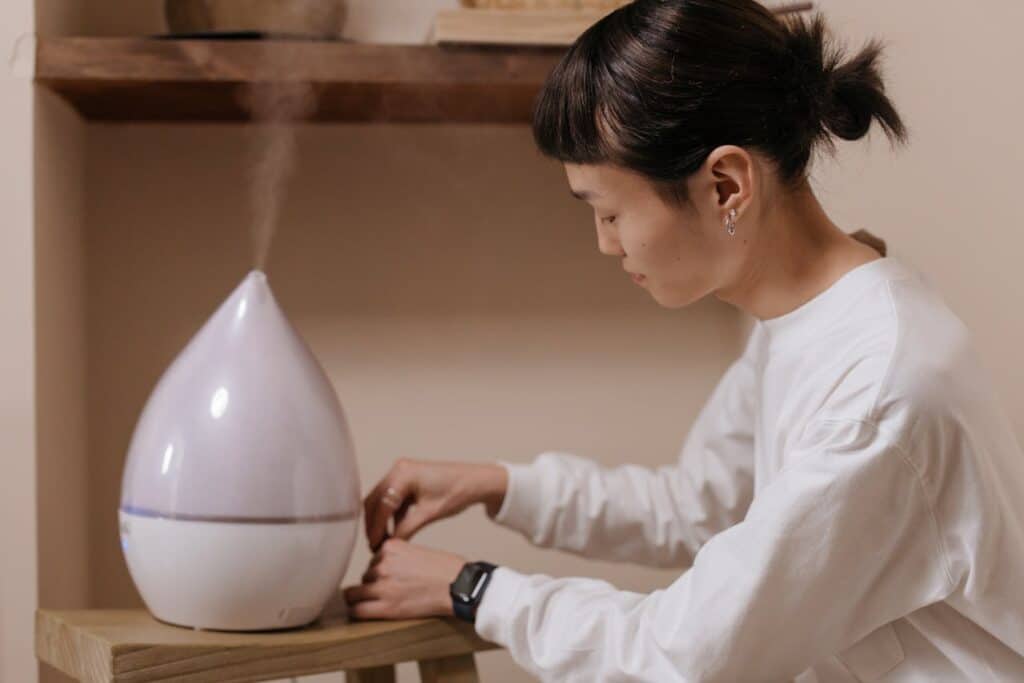Living in Thailand means embracing a warm and humid climate year-round. While the lush greenery and tropical ambiance are charming, the high humidity levels can pose challenges for homeowners. Without proper moisture control, homes can suffer from issues such as mold growth and structural damage, which impact both health and property value.
Moisture can sneak into any part of the house, but certain areas are more vulnerable. Kitchens and bathrooms, with their frequent water use, easily become targets for humidity problems. Recognizing signs of moisture, like condensation on windows or walls, is crucial in keeping your home in good condition. Addressing these issues early can help in maintaining a healthy living environment.
Implementing effective moisture control measures is essential for preserving your home. Simple strategies, including ensuring proper ventilation and using dehumidifiers, can make a big difference. Regular maintenance and monitoring play key roles in keeping humidity at bay, allowing you to enjoy the beauty of your surroundings without the worry of moisture-related damage.
Understanding the Impact of Humidity in Thai Homes
Thailand’s tropical climate is both beautiful and challenging. The constant high humidity can put a strain on homes if not managed properly. This moisture can seep into buildings, affecting their integrity and functionality. One of the major issues is mold growth. Mold thrives in damp conditions, and without proper ventilation, it can spread quickly within walls, ceilings, and floors. This not only leads to unpleasant odors and unsightly spots but also poses health risks like allergies and respiratory problems.
Humidity also poses a threat to the structural components of a home. Wooden elements such as beams and floors can retain moisture, causing them to warp or rot over time. Metal frameworks are also at risk, as excess moisture can lead to rust and weaken their structural performance. Even concrete, although robust, can experience degradation from prolonged exposure to moisture, leading to cracks and instability.
By understanding the impact of humidity, homeowners can take proactive steps to safeguard their properties. These steps can help in maintaining the aesthetic appeal of your home, ensuring a comfortable living environment, and preserving the structural integrity for years to come. Knowing the specific challenges posed by Thai weather is the first step toward effective moisture management solutions.
Identifying Moisture-Prone Areas
Certain areas within a home are more likely to suffer from moisture issues due to their nature or design. Recognizing these moisture-prone zones can help in managing problems before they escalate into serious damage. Common areas include:
1. Bathrooms: With their frequent use of water, bathrooms are hotspots for humidity. Steamy showers and baths can cause moisture to settle on walls, ceilings, and floors, if not ventilated properly.
2. Kitchens: Cooking generates heat and moisture. Without adequate ventilation, steam from cooking can lead to moisture buildup in cabinets and on walls, causing paint to peel or stains to form.
3. Basements: Being below ground level, basements can easily trap moisture from the soil outside, leading to dampness and mold if not properly sealed.
4. Laundry Rooms: Washing and drying clothes can add a significant amount of moisture to the air, particularly if the space lacks proper airflow.
Signs of excess moisture include:
– Condensation: Look for water droplets on windows or cold surfaces, especially after showering or cooking.
– Peeling Paint or Wallpaper: Moisture can cause paint and wallpaper to lose adhesion, leading to peeling or bubbling.
– Musty Odors: A persistent, musty smell often indicates the presence of mold or excessive dampness.
Identifying these moisture-prone areas and recognizing signs of moisture problems allow homeowners to take corrective actions early. Simple measures such as improving ventilation, sealing leaks, and ensuring proper drainage can drastically reduce the risk of moisture-related issues, ensuring a dry and healthy home environment.
Strategies for Effective Moisture Control
To manage moisture effectively in Thai homes, implementing the right strategies is key. One of the most effective ways is to enhance ventilation. This can be as simple as opening windows regularly or using exhaust fans in moisture-prone areas like bathrooms and kitchens. Ensuring that air circulates freely prevents moisture from settling on surfaces.
Another practical solution is the use of dehumidifiers. These devices help reduce humidity levels in the air, making rooms less hospitable for mold. They are particularly useful during the rainy season when moisture levels are highest. Additionally, selecting moisture-resistant materials for construction and renovations can significantly reduce the risk of moisture damage. For example, using treated wood and moisture-resistant drywall helps prevent warping and degradation.
Different moisture barriers can be employed based on specific needs. Vapor barriers, such as polyethylene sheets, are effective for walls and floors, stopping moisture from penetrating interior spaces. For roofs, installing a high-quality underlayment provides an added layer of protection against leaks. Choosing the right type of barrier depends on the area of application and the severity of moisture exposure.
By combining these strategies, homeowners can effectively control moisture levels, ensuring a comfortable and long-lasting living environment.
Regular Maintenance and Monitoring
Maintaining moisture control systems is crucial for preventing future issues. Regular inspections help identify potential problems early, allowing for timely repairs and adjustments. Homeowners should routinely check for leaks in roofs, walls, and plumbing fixtures and fix them promptly.
Monitoring humidity levels with modern technology is another effective practice. Humidity sensors can provide real-time reports on the moisture levels within a home, alerting users to potential risks. These devices are easy to install and can be integrated into smart home systems for automatic adjustments based on current conditions.
Routine maintenance should also include cleaning and servicing ventilation systems to ensure optimal performance. Clogged filters and ducts can reduce airflow, leading to increased humidity levels. Furthermore, regular application of sealants on windows and doors helps keep moisture out, preserving the building’s integrity.
Taking these steps for regular maintenance and monitoring not only prolongs the effectiveness of moisture control systems but also helps maintain a healthy and dry home environment.
Conclusion
Effective moisture control is vital for maintaining the integrity and comfort of Thai homes. By understanding how humidity impacts buildings and identifying moisture-prone areas, homeowners can implement proactive strategies to safeguard their properties. Whether through enhancing ventilation, selecting appropriate materials, or integrating technology for monitoring, there are numerous ways to tackle moisture issues effectively.
Adopting these strategies and maintaining regular checks ensures a home remains a safe and pleasant space to live. With the right approach, dealing with Thailand’s humid climate becomes manageable, and homeowners can enjoy the tropical lifestyle without the worry of moisture-related damages.
If you’re looking to enhance your home’s resilience against moisture in Thailand, CJ Samui Builders, a construction contractor, can help you create effective solutions. Our expertise in construction and moisture management ensures your home remains protected and comfortable in this tropical paradise. Contact us today to learn more about how we can assist you with your building needs.





